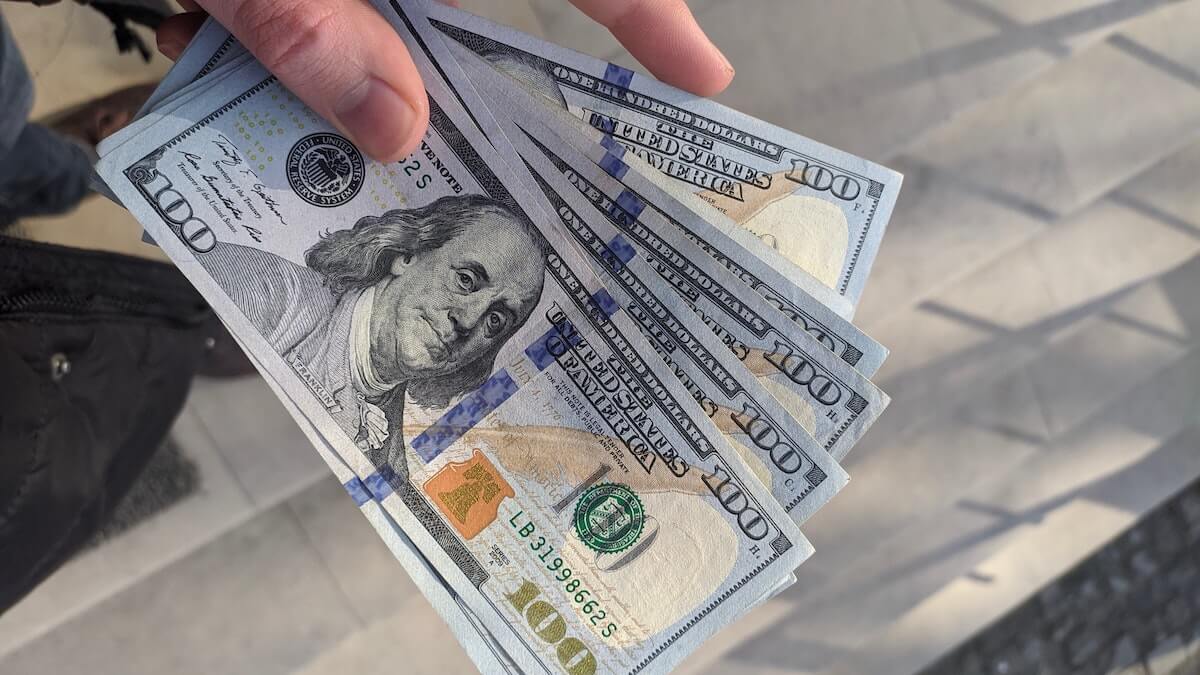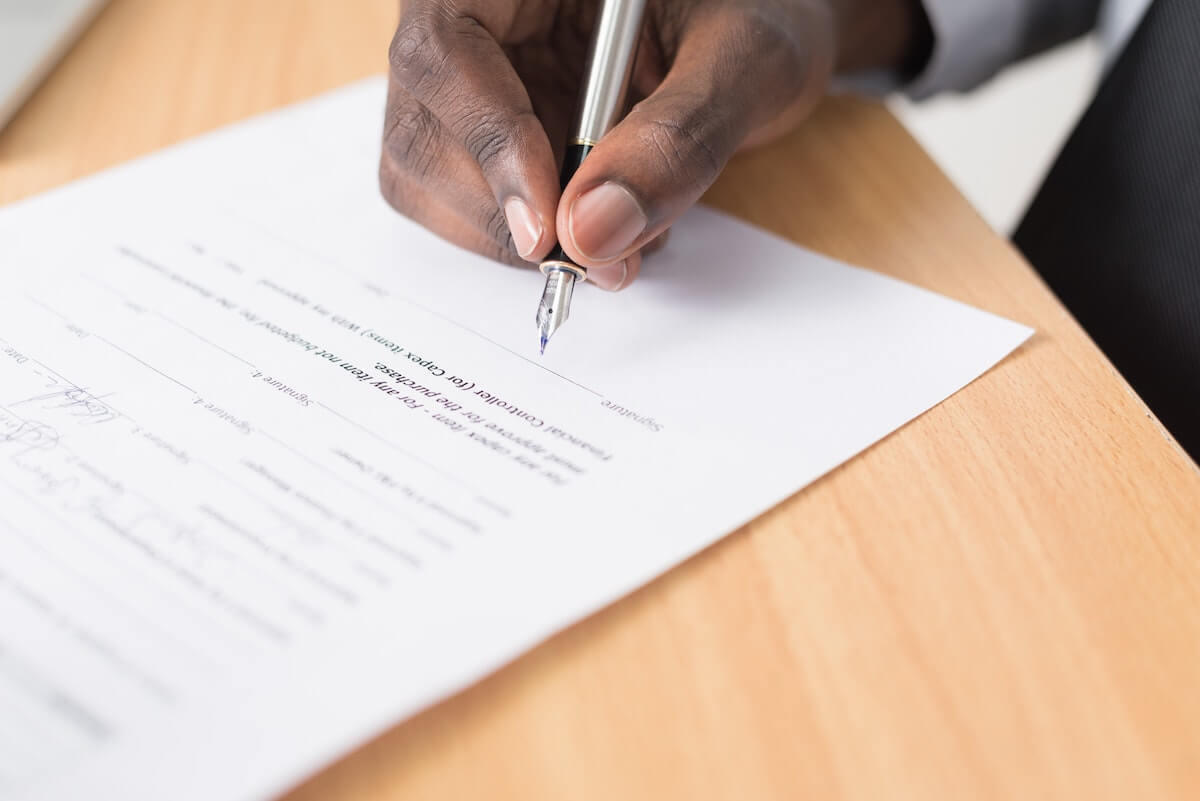How Long Does Escrow Take in California?
Last Updated: July 03, 2022 • 8 min read
Disclosure: This page may contain affiliate links and we may receive a commission through them, but this is at no additional cost to you. For more information, please read our privacy policy.

Escrow in California normally takes 30 to 40 days. This is the average time it takes, and depending on the circumstances it could take shorter or longer. Most other states also have an escrow length of 30 to 40 days.
Escrow is safeguarded by the California Department of Real Estate (DRE). It is the procedure through which parties to a real estate property transaction deposit papers, money, or other items of value with an independent party (called the escrow holder), who then holds them in consideration until the closing of the real estate transaction. The transfer of the monies, files, etc., happens after all conditions are met during the closing process. This signifies the close of escrow. There are many escrow companies in California, including in the ever-popular southern California.

Who Can Offer Escrow Services?
All escrow holders are required to be regulated and licensed escrow agencies. An escrow officer performs all tasks related to the escrow process. After meeting all requirements, a licensed escrow corporation is granted a license by the California Department of Business Oversight (DBO). A real estate attorney and agent, amongst others, can also own and run an escrow company as long as they have a DBO license.

What Exactly is an Escrow Account?
The escrow account is designed to protect the large sums of money paid by the home buyer. This includes the earnest money deposit, the money provided by the buyer’s lender, etc. Until the closing process is complete, this cash is being held by a neutral third party. The seller receives the money after the closing of the real estate transaction.
To protect against anything fishy happening during the process title companies generally do not distribute funds until the purchase is complete. After that, this cash is used to cover different expenses like homeowner’s insurance, property taxes, escrow fees, closing costs, paying the real estate broker, and matching the home purchase price.

What Steps Are a Part of the California Escrow Process?
The escrow process can seem daunting, but we can break them up into easy-to-digest pieces and then a deep dive after. The escrow timeline is as follows.
- Accepting an offer. Once the home sellers accept an offer a purchase contract is created. This includes things like an appraisal contingency, a loan contingency, a closing date, a clear title contingency, and all other terms of the purchase agreement.
- Escrow is started. The escrow period is started, and the buyer starts the due diligence stage.
- Home inspection. The home inspection occurs and this is paid for by the potential buyers. They are also working on providing loan documents to mortgage underwriting and awaiting the time to close escrow in a timely manner.
- The buyer receives approval for loan funding. They have provided sufficient financial information for the underwriters to deem them ready to receive a loan (minus their down payment) for the new home in the state of California. The main reasons someone can fail underwriting are too much debt to their name, not enough income, or too low of credit score.
- The escrow is closed. Final charges for title transfer, the title insurance policy, pest inspections the amount of time provided by real estate professionals are taken care of. This can either be done through any combination of the following, cashier’s check, wire transfer, or home loan.

Escrow Process Deep Dive
- Escrow is typically opened when the real estate transaction has been started, and there has been a purchase agreement accepted by the seller. This can also happen when the down payment or the earnest money is provided.
- If the ownership of the property hasn't been verified with the title company, once escrow is opened a title search is ordered. This includes a preliminary title report being created, and the next step through the final step being laid out in the specific escrow instructions. The escrow instructions lay out what exactly has to happen by the appropriate parties during the escrow process. It also provides the title company the power to ensure all those instructions come to pass or they won't close the transaction and the new owner will not be transferred the property.
- Escrow instructions normally include the names of the events to continue to move along the escrow process, the property legal description, the acquisition price, and conditions, proration adjustments, and anything related to the property that is material evidence that the buyer may need to continue when purchasing the asset, disbursements to be made, and price information. Important dates which include the date the escrow opened and the date it is scheduled to close are also generally included.
- The events' agreements concerning escrow and the escrow holder's responsibilities, include ordering a title search, asking for payment requests and beneficiary statements, facilitating the receipt and approval of updates, making preparations and modifications, paying payments, obtaining the buyer's or borrower's approval and signature on loan files, inquiring for the final tally and authorizing recording, keeping the escrow after verification of recording, is also reflected inside the instructions for the escrow.
- Escrow closes once all prerequisites mentioned within the escrow instructions were met. Once escrow closes, the escrow holder releases the cash and documents, can pay the authorized payments, and prepares and has a final meeting (essentially an accounting of the escrow that reflects the ultimate prices, credit, and debits), all in accordance with the escrow instructions.

Under Contract to Escrow Closing
Escrow Begins
Escrow begins when a seller and buyer both sign and accept a purchase agreement for a real estate asset. This is typically a single-family home, apartment complex, raw land, storage unit, or commercial building. At this point in the deal, the buyer normally provides earnest money that is held by the escrow company. This money is typically provided as an assurance that the buyer won't back out of the deal, and if they do outside of their contingencies the buyer forfeits the earnest money. This is the first work that the escrow company does during the process, and they manage the holding of the funds for the earnest money. The seller normally decides how many business days they want the escrow process to take, but that is also contingent on what the buyer is able to realistically commit to. The buyer can also determine the length of the escrow transaction. A popular strategy is to buy a house in cash because that means that there is no lender contingency and closing can take as short as two weeks!
The Mortgage Lender Requests an Appraisal
The mortgage lender will request a home appraisal once the buyers and sellers have entered escrow. The appraiser's job is to estimate the house's value in the current real estate market. This protects the mortgage company from lending you more money than the home is worth in the case that they have to sell the property if you go through foreclosure. It also helps the buyer understand where their home's value is compared to other homes in the area. Then they know if they are paying an outrageous price, or if they actually got a good deal.
Title Search
A title search takes place to determine if there are any liens against the property, if the title for the property is clean, and if the seller actually has the legal right to sell you the property they are trying to sell you. The title company will scour all the public records pertaining to the property, and will only offer title insurance on a title that is free of defects and liens. They also can help fix up a dirty title, so if the property hasn't had that clean of a past, it isn't a deal-breaker.
The Creation of Documents
The mortgage lender provides the escrow agent or organization with some of the documents associated with the mortgage process. To make certain everything is ready and organized for the closing, the escrow agent will assess those mortgage docs and different pertinent paperwork. The closing expenses for both the buyer and the seller will also be determined. The buyer gets a disclosure document that details the sum owed at closing.
Escrow Closes
The California escrow process is now complete! The home buyer and their lender provides funds, and the seller walks away with a fat check. The buyer is transferred ownership of the property, and everyone is finally able to walk into the sunset.
